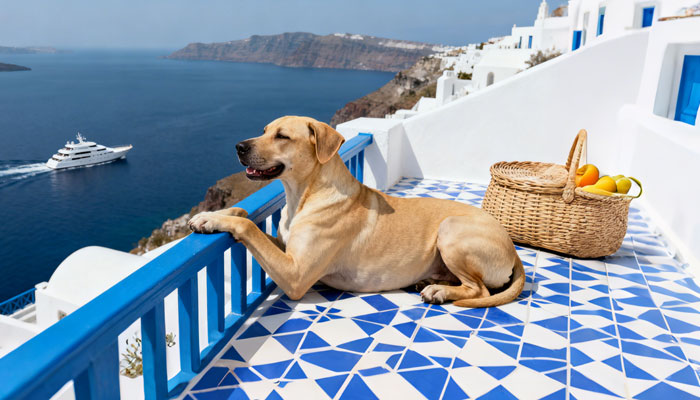History of the Cane Corso Italian Mastiff

The Cane Corso, originating from Italy, is an ancient breed with a long history dating back thousands of years. Its ancestors can be traced back to the fierce dogs of ancient Rome known as “Canis Pugnax.” These dogs possessed the typical appearance of Mastiffs—massive in stature yet agile in movement. As an attack-oriented breed, they exhibited extreme aggression and remarkable endurance. In warfare, they often served as vital auxiliary attackers to soldiers.
The direct ancestor of the Cane Corso is the ancient Italian Mastiff, primarily used for hunting large game. This refined breed of large, fierce dog did not originate on the Italian mainland but was developed on the island of Sicily. The name “Cane Corso” derives from the Latin “canis” meaning dog. While the origin of ‘corso’ remains debated, the most widely accepted theory traces it to the Latin “cohors,” signifying guardian or protector. Together, the name roughly translates to “bodyguard dog” or “guardian dog.”
Within Sicily’s unique environment, the Cane Corso gradually evolved capabilities suited for diverse tasks. They became lighter in build than their ancestors, more agile in movement, and possessed an elegant demeanor. In ancient times, Cane Corsos fought fiercely against lions, bears, and other beasts in Roman arenas, their tenacious fighting spirit and fearless courage commanding awe. Later, their exceptional combat prowess caught the attention of the Roman military, who deployed them on the battlefield. Clad in specialized armor, some even carried flaming oil barrels as they charged through enemy lines, striking terror into opponents and earning significant military achievements for Rome. Like the Anatolian Shepherd, they demonstrated extraordinary capabilities in service.
Global Recognition of the Cane Corso
As the Caruso population stabilized and its quality improved, it began to gain prominence on the world stage. Introduced to Europe and America in the 1990s, the Caruso quickly captured the attention of dog enthusiasts with its exceptional guarding abilities, loyal temperament, and distinctive appearance. Much like the Anatolian Shepherd commands attention in certain regions, the Caruso revealed its unique charm in new territories.
In 1996, the Cane Corso received provisional acceptance from the Fédération Cynologique Internationale (FCI), marking a crucial step toward international recognition. Subsequently, breed standards were refined to align with global canine requirements. After years of effort, full FCI recognition was granted in 2007, solidifying the breed’s standing within international cynology.
In 2010, the Cane Corso gained recognition from the American Kennel Club (AKC), further expanding its global influence. Since then, the Cane Corso has frequently appeared in dog shows and competitions worldwide, becoming a highly sought-after breed.
In modern society, the Cane Corso is often trained as a guard dog to protect owners and families due to its loyal, reliable, and fearless nature. It demonstrates absolute loyalty to its owner, and upon sensing danger, will unhesitatingly step forward, using its own body to form a solid defensive barrier for its master. In military and police fields, the Cane Corso also plays a vital role. Its keen sense of smell and formidable strength make it an effective assistant in tracking, narcotics detection, and explosive searches, aiding military and police personnel in executing various missions to maintain social security and stability.
admin
-
Sale!

Washable Pet Cooling Pad for Cats and Dogs
$10.99Original price was: $10.99.$9.99Current price is: $9.99. This product has multiple variants. The options may be chosen on the product page -
Sale!

Washable Cat Window Hammock Cooling Bed
$23.99Original price was: $23.99.$22.99Current price is: $22.99. -
Sale!

Tropical Amphibian Rainforest Tank, Lizard Cage
$38.99Original price was: $38.99.$36.99Current price is: $36.99. -
Sale!

Silent 4-in-1 Waterproof Charging Dog Hair Trimmer
$49.88Original price was: $49.88.$47.99Current price is: $47.99.